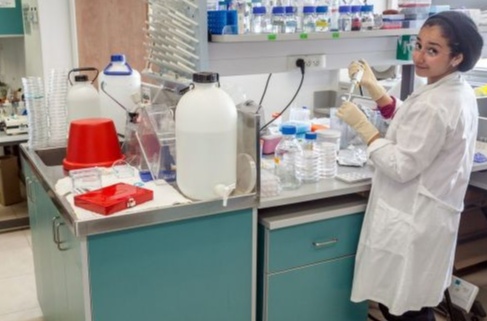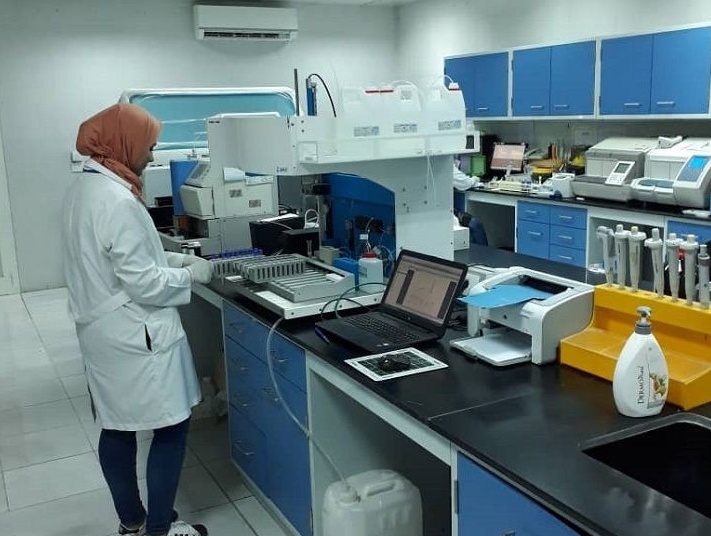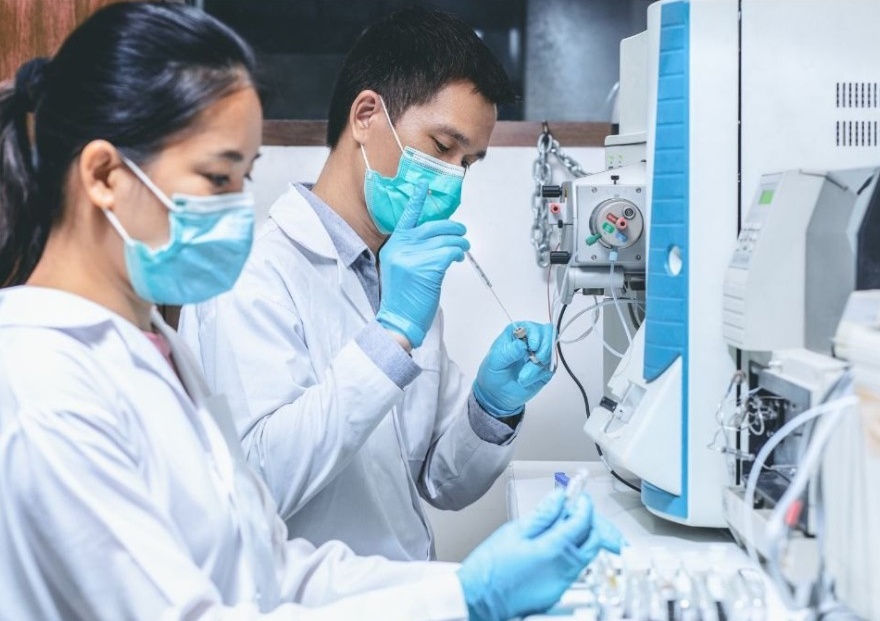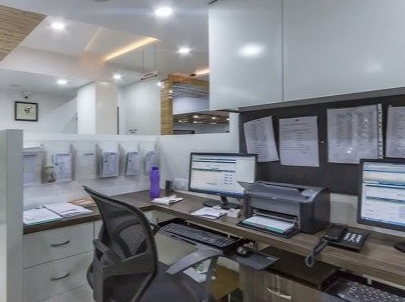- Have any questions? Call
- +91 9446 391 920
Article
The Need for Automation in Diagnostic Centers
A PHP Error was encountered
Severity: Notice
Message: Undefined index: cover_img
Filename: articles/article_view.php
Line Number: 103
Backtrace:
File: /home/mloakera/public_html/views/pages/articles/article_view.php
Line: 103
Function: _error_handler
File: /home/mloakera/public_html/appl/controllers/Articles.php
Line: 159
Function: view
File: /home/mloakera/public_html/index.php
Line: 315
Function: require_once
The Need for Automation in Diagnostic Centers
The healthcare landscape is changing rapidly, and diagnostic centers stand at the heart of this transformation. In states like Kerala, where the demand for quality healthcare services continues to rise, diagnostic facilities are under increasing pressure to deliver accurate results quickly, efficiently, and at scale. In this context, automation is emerging as a vital necessity rather than a luxury.
Growing Test Volumes
Lifestyle diseases such as diabetes, hypertension, and cancer are on the rise, along with the continued need for infectious disease testing. With Kerala also attracting medical tourists and serving patients from neighboring regions, diagnostic centers must handle far greater test volumes than before. Manual systems are often unable to keep pace with this surge, leading to delays and bottlenecks.
Accuracy and Reliability
In diagnostics, even the smallest error can have serious consequences. Manual processes—whether in sample labeling, handling, or data entry—are vulnerable to human error. Automation introduces barcoding, robotic sample processing, and advanced analyzers that significantly reduce mistakes and ensure that patients receive accurate results every time.
Faster Turnaround Time
One of the most valued aspects of any diagnostic service is the speed of reporting. Automation streamlines the entire process, from sample collection to analysis and reporting. This reduces turnaround time, which is especially critical in emergencies and hospital-based testing. Quicker results mean timely treatment decisions and improved patient outcomes.
Integration with Digital Health Systems
Kerala is a frontrunner in adopting eHealth initiatives and digital medical records. Automated diagnostic systems can integrate seamlessly with hospital information systems (HIS), electronic medical records (EMR), and statewide health platforms. This ensures smoother data sharing, efficient patient tracking, and continuity of care across healthcare providers.
Addressing Workforce Challenges
Diagnostic centers, particularly in semi-urban and rural areas, face a shortage of skilled lab technicians. Automation allows fewer staff to handle larger workloads with consistency and reduced fatigue. By minimizing manual intervention, it also frees professionals to focus on more specialized or analytical tasks.
Cost Efficiency and Scalability
While the initial investment in automation is high, the long-term savings are significant. Automated labs reduce reagent wastage, avoid costly retests, and ensure higher productivity. Moreover, for diagnostic chains operating multiple branches, automation helps standardize quality and processes across all centers, ensuring trust and compliance with NABL and ISO standards.
Preparing for the Future
Automation does not just solve today’s problems—it also builds readiness for tomorrow. Large amounts of structured digital data generated by automated systems can be analyzed using artificial intelligence for predictive insights and public health planning. This was especially evident during the COVID-19 pandemic, when the ability to scale up testing rapidly became a critical need. Automated systems are essential in responding swiftly to such health crises.
Conclusion
Automation is reshaping the diagnostic sector by improving accuracy, efficiency, and scalability. For Kerala, where healthcare quality and patient expectations are already high, adopting automation in diagnostic centers is essential to maintain leadership in healthcare services. Far from being optional, automation is the pathway to a reliable, future-ready, and patient-centered diagnostic ecosystem.
Explore More Articles
Stay informed with latest trends, innovations, and best practices
Kerala Clinical Establishments (Registration & Regulation) Act, 2018
Kerala, known for its strong healthcare outcomes, legislative activism, and public health initiatives, enacted the Kerala Clinical Establishments (Registration & Regulation) Act in 2018.
Read More...
Improving Skill, Performance, and Quality of Staff in Diagnostic Centers
To ensure excellence, diagnostic centers must adopt clear standards and approaches that continually enhance the skill, performance, and professionalism of their workforce.
Read More...
The Need for Automation in Diagnostic Centers
The healthcare landscape is changing rapidly. In this context, automation is emerging as a vital necessity rather than a luxury.
Read More...
Standardization and Quality Control Systems for Diagnostic Centers in Kerala
To ensure reliability, centers in Kerala follow several standardization and quality control systems, many of which are aligned with national and international benchmarks.
Read More...
